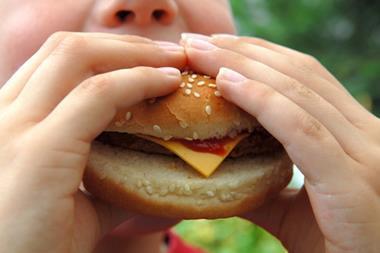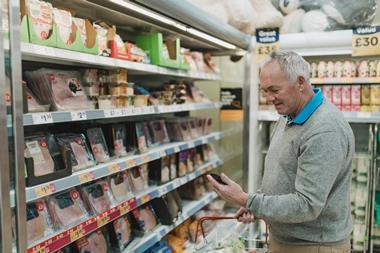
Labour yesterday pledged to make the next generation of children “the healthiest the world has ever seen” if it wins the next election - so there’s not much hope of getting those kids to abandon the Xbox and get their backsides off the sofa for another five years at least.
However, putting the slim chances of a Labour victory aside, the party’s plans to extend the TV watershed and impose a complete ban on any “junk food” advertising on TV before 9pm has thrown the spotlight on an area that promises to be a key battlefield for the industry, whoever is in No 10 after 8 June.
Advertisers are already facing a raft of new restrictions on marketing to children, both in broadcast and all other media, including potentially big changes to what are defined as high fat, salt or sugar (HFSS) products, without even going near a change to the watershed.
Public Health England, as part of the government’s much maligned Childhood Obesity Plan, is part way through a review of the nutrient profiling model, which dates back 10 years, in a process that could have major ramifications for many food and drink advertisers.
Insiders suggest this review, which is supposed to have ministerial agreement by June next year, has fallen some way behind its planned timeframe. But unless there is another particular government u-turn, the reviewed model is expected to result in a whole raft of extra products being categorised as HFSS for the first time, such was the scale of change in sugar intake recommended by the 2015 SACN review.
That review has already had huge consequences for sectors such as soft drinks, both in reformulation and looming taxation. But PHE re-writing the ad rules could see another cull, which will impact on both those ads policed by Ofcom on TV and on non-broadcast media, where the Committee of Advertising Practice (CAP) has pledged the new profile will also be adopted.
A big shakeup of advertising
Given the delays they could still be two years away, but it’s less than two months before a big shakeup of advertising in non-broadcast comes into play thanks to CAP’s separate review of its self-regulatory rules, which comes into force on 1 July. It will usher in a new ban on any HFSS ad with an audience of at least 25% children across print, cinema and, crucially, online and social media, with CAP having been widely applauded for defining a child as under 16, as opposed to previous rules on HFSS in the sector that applied, ridiculously, only to under 12s.
That brings with it a whole host of challenges, not least of how you measure the kids’ audiences on everything from online gaming to billboards. But one thing is certain: health campaigners will be watching like hawks for that deadline and looking to name and shame those who step out of line.
As for Labour’s watershed plans, they were dismissed by public health minister Nicola Blackwood as “nonsensical economic ideas”, and it was absolutely down to economics why Ofcom decided against including a total ban on HFSS food advertising before 9pm back in 2007, having estimated it would cost £211m net in lost revenue.
Labour’s plans seem so pastiche these days, extending even to its tired old line about children being corrupted by the ads on The X Factor. Kids these days are far more likely to be consuming media on Facebook, Snapchat or Instagram than watching an ageing bunch of reality TV judges.
But, increasingly, that same economic argument is going to come into play. It’s going to be fascinating to see how far the regulators and politicians are prepared to limit advertising opportunities in these emerging sources of economic growth.
Only today Tesco-owned Dunnhumby announced a tieup with Twitter, its second announcement with a social media giant in the past two months, aimed at encouraging a flood of new fmcg advertisers on to the social media platform.
Yet as with Facebook, with whom Dunnhumby tied up in March, this poses interesting questions regarding the huge audience of children who, come 1 July, are supposed to be protected from HFSS ads in the same way as they are from alcohol and gambling sites.
As is shown by the controversy over advertising content on sites like Facebook and Google, which has raged over the past few weeks, regulating this space is never easy and it is likely to make plans for the advertising watershed appear simplistic and outdated.















No comments yet